Time Period: World War II through the Faubus Era (1941 - 1967)
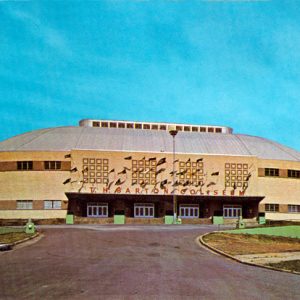 Barton Coliseum
Barton Coliseum
 Barton Coliseum
Barton Coliseum
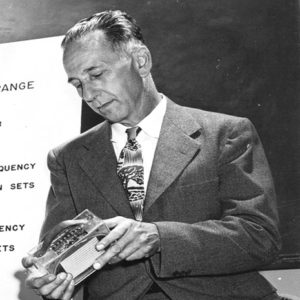 Loy Barton
Loy Barton
Barton, Loy
 The Bashful Bachelor
The Bashful Bachelor
Bass, Raymond Henry
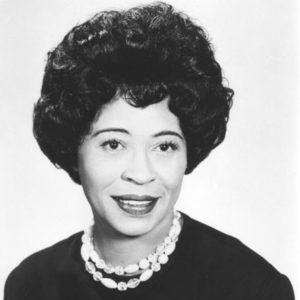 Daisy Bates
Daisy Bates
Bates, Daisy Lee Gatson
Bates, Lucious Christopher
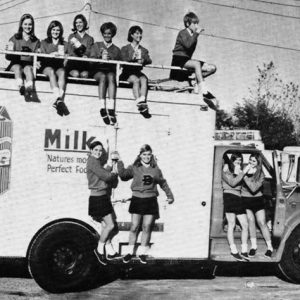 Batesville Dairy Truck and Cheerleaders
Batesville Dairy Truck and Cheerleaders
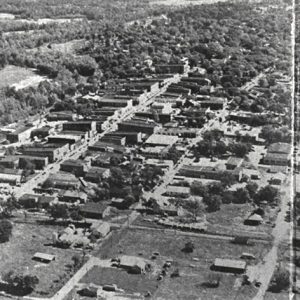 Batesville Aerial View
Batesville Aerial View
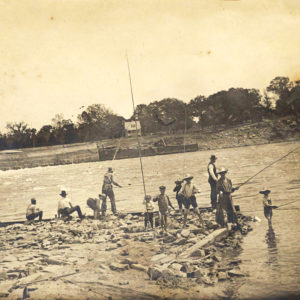 Batesville Fishing
Batesville Fishing
 Batesville Lime Mill
Batesville Lime Mill
 Batesville Limestone
Batesville Limestone
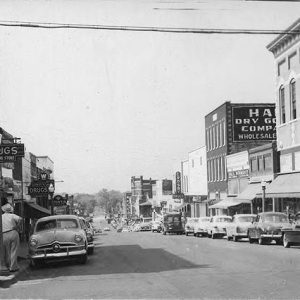 Batesville Street Scene
Batesville Street Scene
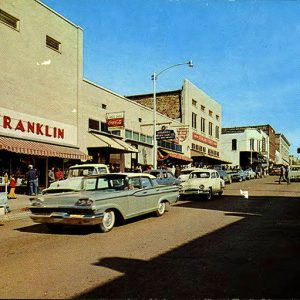 Batesville Street Scene
Batesville Street Scene
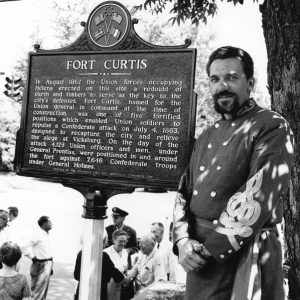 Battle of Helena Monument
Battle of Helena Monument
 "The Battle of New Orleans," Performed by Jimmy Driftwood
"The Battle of New Orleans," Performed by Jimmy Driftwood
Baxter County Courthouse
Bay of Pigs Invasion
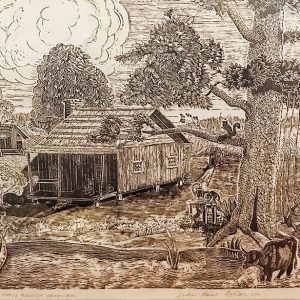 Bayou Homestead
Bayou Homestead
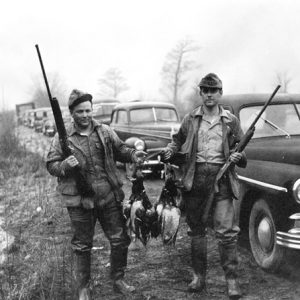 Bayou Meto Duck Hunters
Bayou Meto Duck Hunters
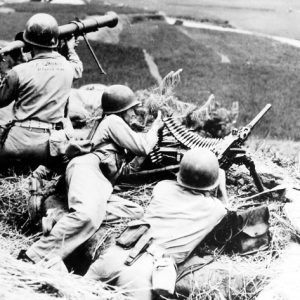 Bazooka and Machine Gun
Bazooka and Machine Gun
Beall, Ruth Olive
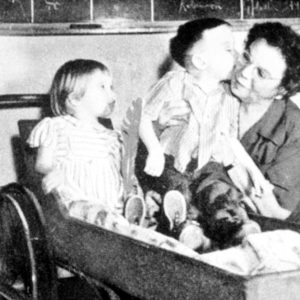 Ruth Olive Beall
Ruth Olive Beall
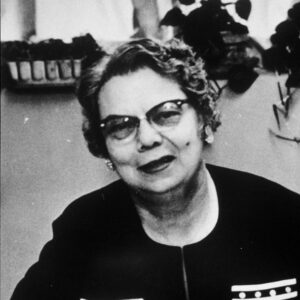 Ruth Olive Beall
Ruth Olive Beall
Beals, Melba Pattillo
Bearden, Henry Eugene (Gene)
 The Beatles
The Beatles
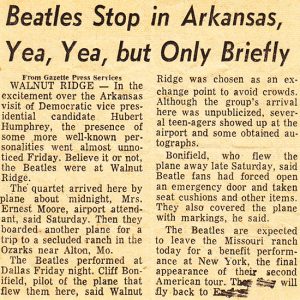 Beatles Stopover Article
Beatles Stopover Article
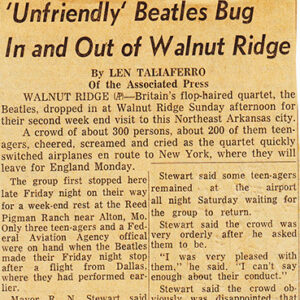 Beatles Stopover Article
Beatles Stopover Article
Beatles, Stopover of the
Beatty, Morgan Mercer
 Beaver Boat Launch
Beaver Boat Launch
 Beaver Lake
Beaver Lake
Beebe Colored School
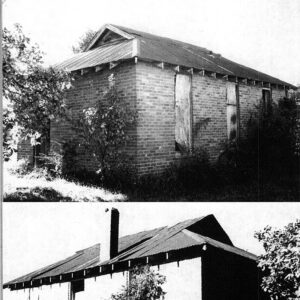 Beebe Colored School
Beebe Colored School
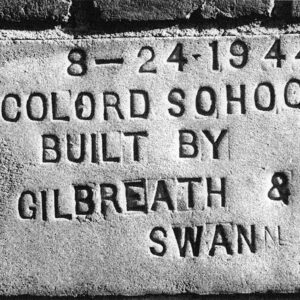 Beebe Colored School Plaque
Beebe Colored School Plaque
Ben Laney Bridge
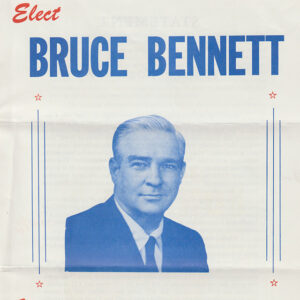 Bennett Campaign Flyer
Bennett Campaign Flyer
 Bennett Campaign Headquarters
Bennett Campaign Headquarters
Bennett, Alvin Silas (Al)
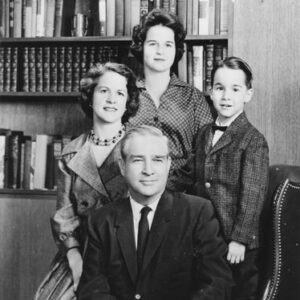 Bruce Bennett
Bruce Bennett
Bennett, Bruce
Bennett, Harold George
 Sylvester Benson
Sylvester Benson
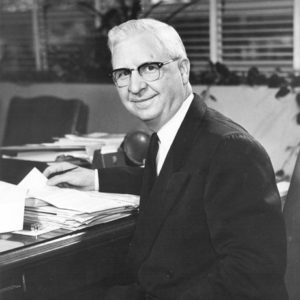 George Stuart Benson
George Stuart Benson
Benson, George Stuart
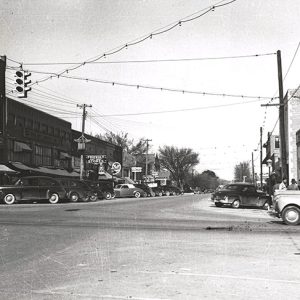 Benton Street Scene
Benton Street Scene




